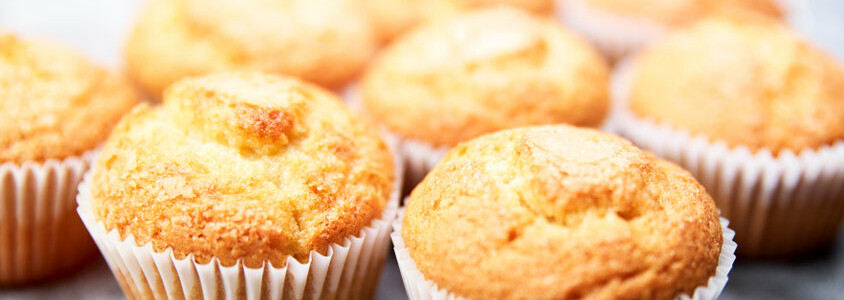
Let’s dive into one of the most popular and versatile staples of baking: xanthan gum. Since the 1960s, bakers have been using it as an humectant, texture enhancer and viscosity builder.
These days, it’s a hot ingredient for gluten free baking! It makes a great partial substitute for wheat flour. Xanthan gum can improve gluten-free dough viscosity as well as the final product’s texture and consistency.
What else is xanthan gum used in?
This ingredient has several functions in baked goods:
- Thickening agent: due to its ability to form highly viscous solutions even at low concentrations and in a wide temperature range (0-100 °C / 32-212 °F).
- Stabilizing agent: provides oil-water emulsions and freeze-thaw stability by producing a web that avoids aggregations.
- Gelling agent: it can form gels when mixed with locust bean or tara gum.
- Dough improver: improves dough properties such as elasticity, and gas retention during proofing and baking.
- Texturizer: in gluten-free baked goods.
- Shelf-life improver
What about its usage in batter vs dough?
| Bakery system | Level | Effect |
| Wet batters | 0.05% |
|
| Pancake batter | 0.05% |
|
| Baked goods | 0.05% |
|
| Refrigerated dough | 0.05% |
|
| Pie or baked goods filling | – |
|

